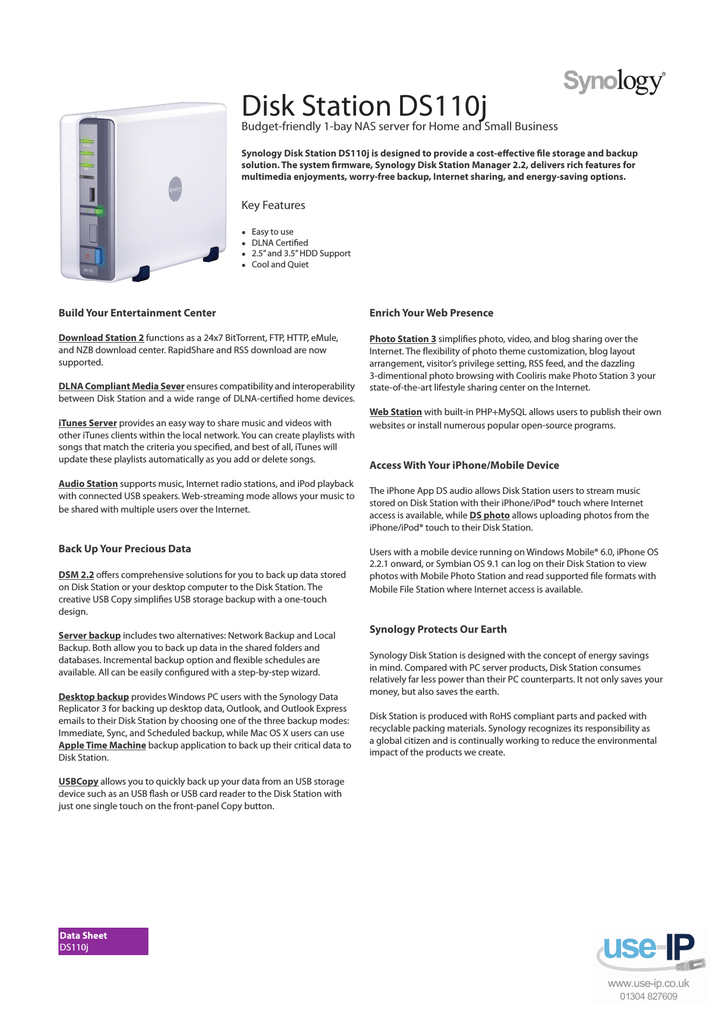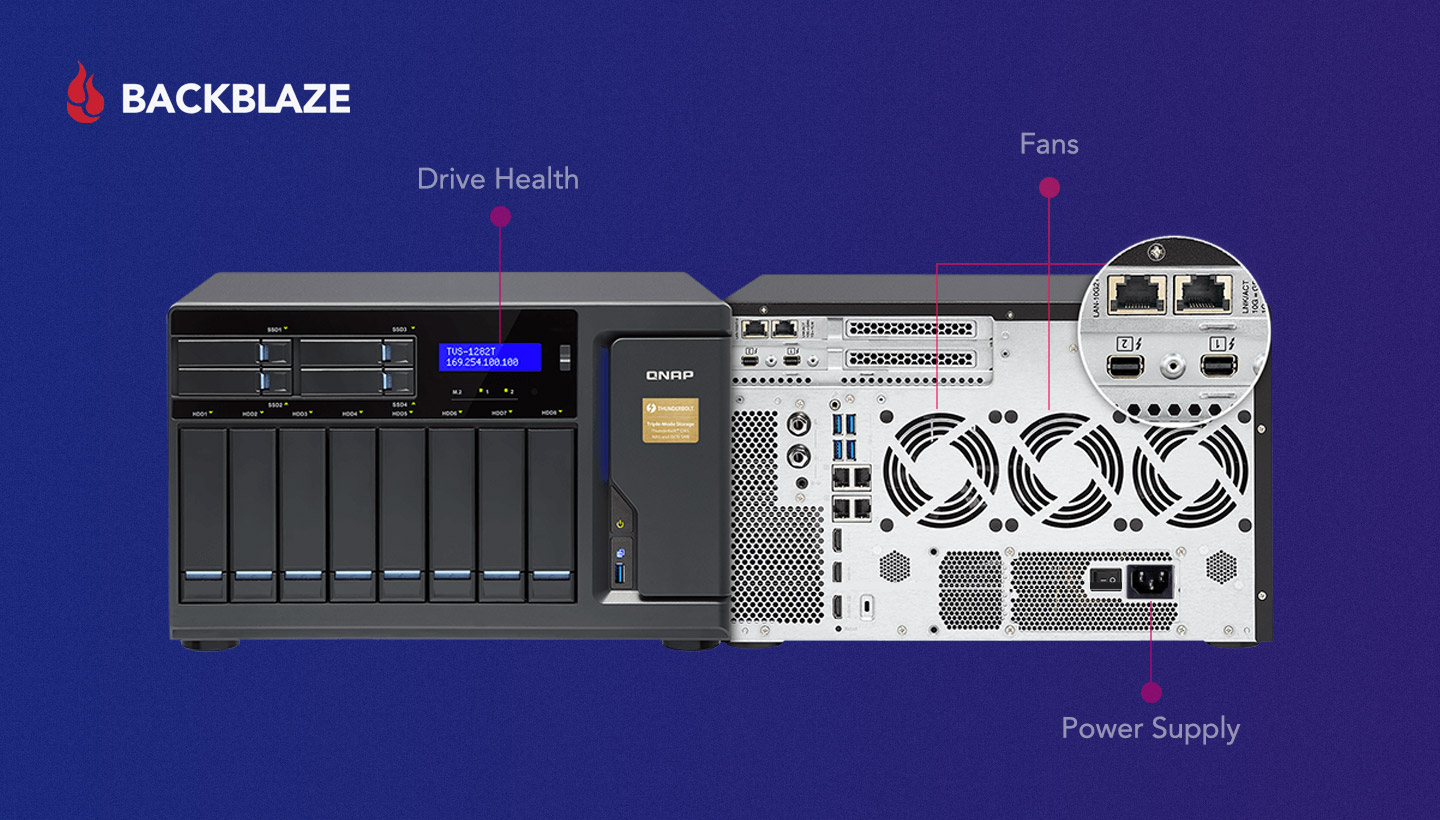
To get started with this, click “File Services” in the left-hand sidebar of the NAS control panel. Now that you’ve created the shared folder, you need to enable a couple of features so that Time Machine can successfully back up to it. Ensures the protection and security of your personal digital information by backing up everything on your Mac the operating system, programs, settings, and Facebook feeds. Step Two: Enable Time Machine Access for the Share Backs up to local storage, Network-Attached Storage (NAS), and the Acronis Cloud, providing you the assurance of dual protection and providing 3-2-1 backup peace-of-mind. You’ll now see your new Time Machine shared folder in the list.


NAS BACKUP FOR MAC AND PC PASSWORD
You can create a new user specifically for the Time Machine backup with a different password and everything, but it’s not required. The defaults are pretty good, so you’re safe just going ahead and hitting the “OK” button. Next, you’ll set user permissions for the shared folder. On the next screen, hit the “Apply” button to confirm the settings. You can enter whatever you want, but I find this to be the sweet spot that includes a longer history of backups without getting too crazy on storage space. The only recent app change was installing the latest Hybrid 3 backup app. if your Mac has 250 GB of storage space, make the storage size 750 GB). Then go This PC/Computer -> O drive -> Open -> OK, or go Share/NAS -> Add. This places a maximum capacity on the shared folder so that Time Machine doesn’t continue to create more and more backups until it fills up the entire NAS.īelow that, enter a storage size that’s about three times the size of your Mac’s storage capacity (e.g.

Turn on the “Enable Shared Folder Quota” option. If you choose to do this, it’s better for your Synology NAS to handle it, rather than macOS, as that will free up resources on your computer. On the next screen, you can enable encryption for your Time Machine backups if you want.


 0 kommentar(er)
0 kommentar(er)
